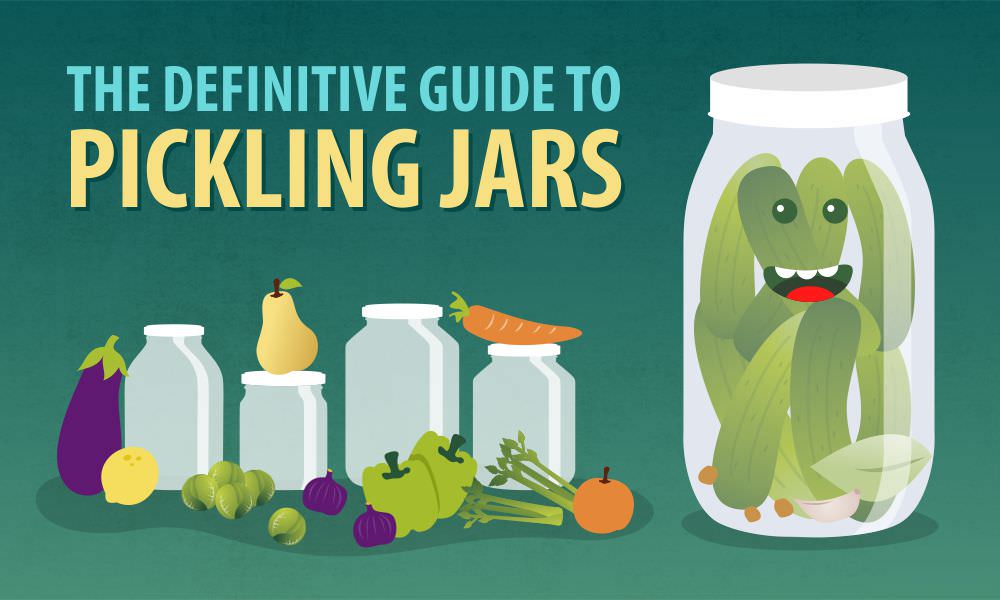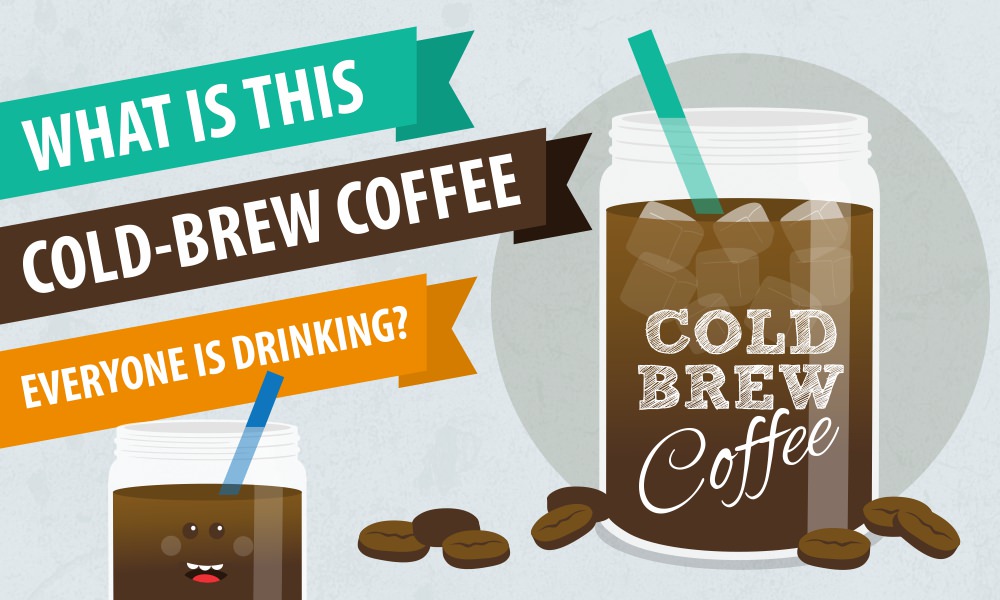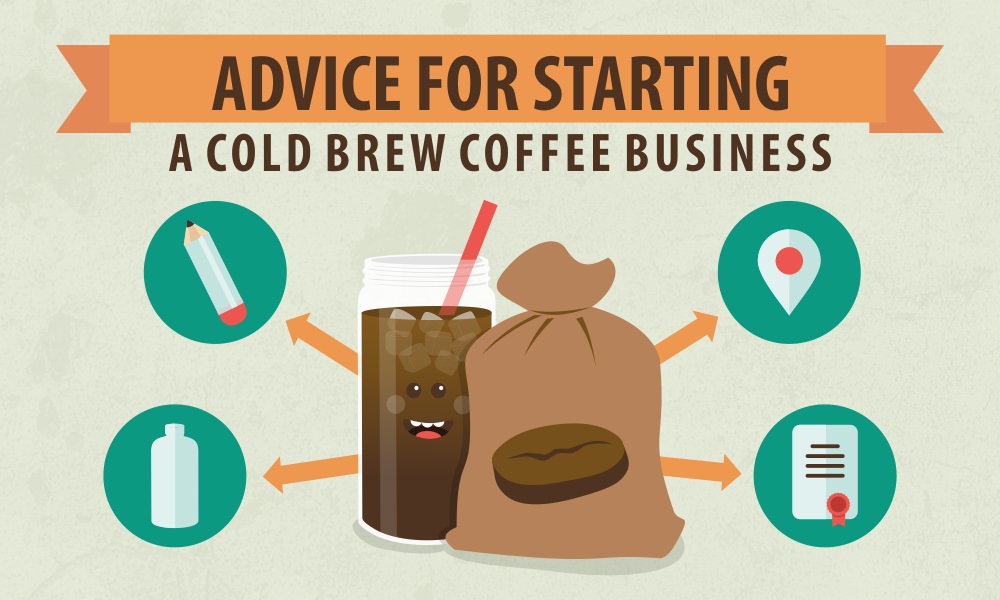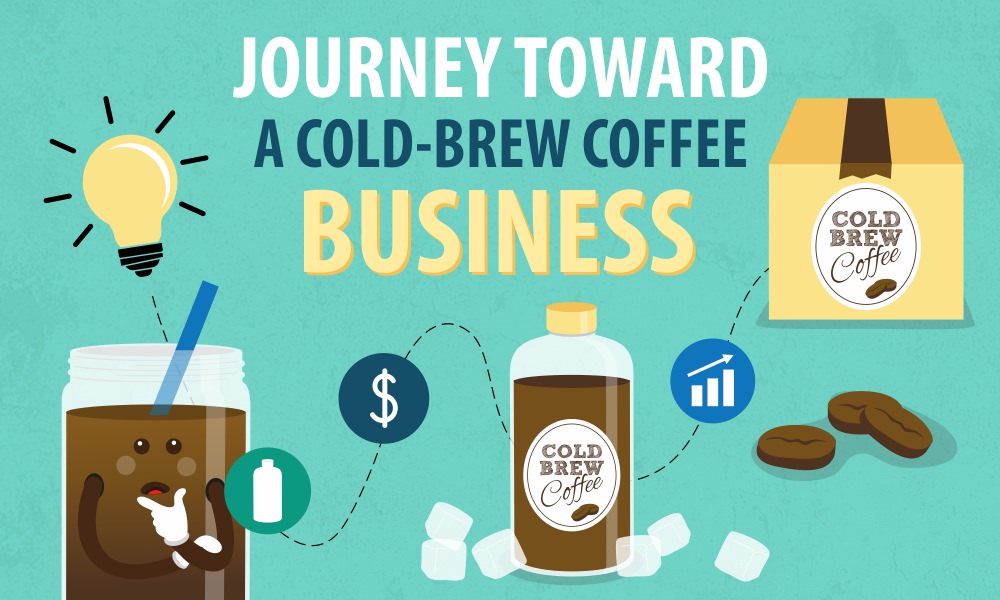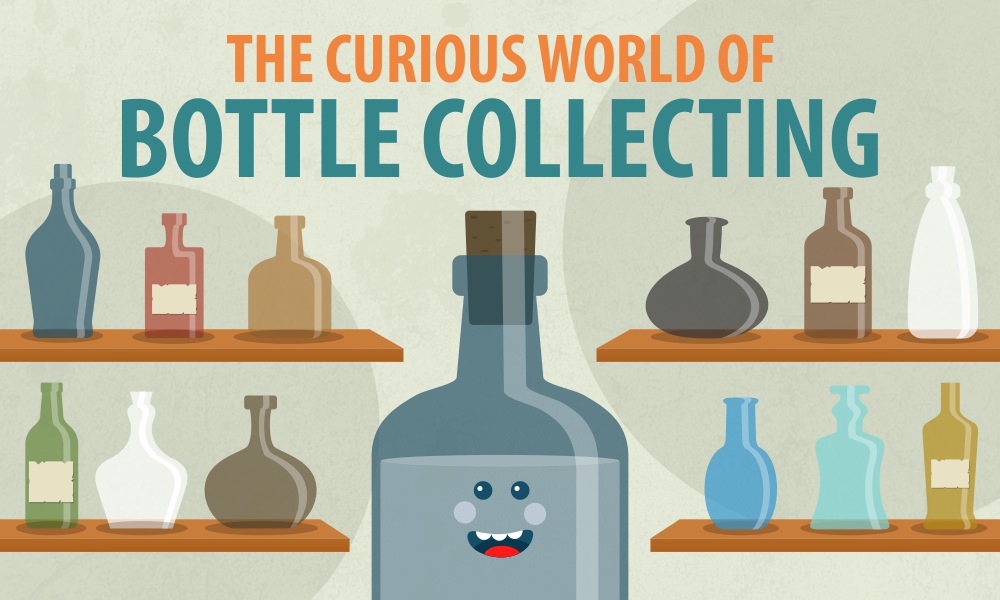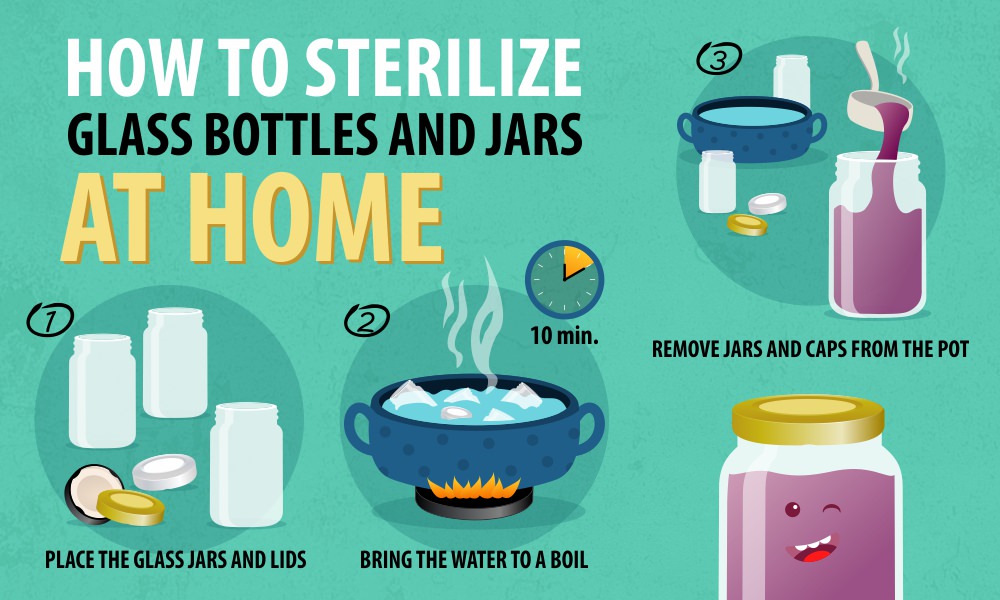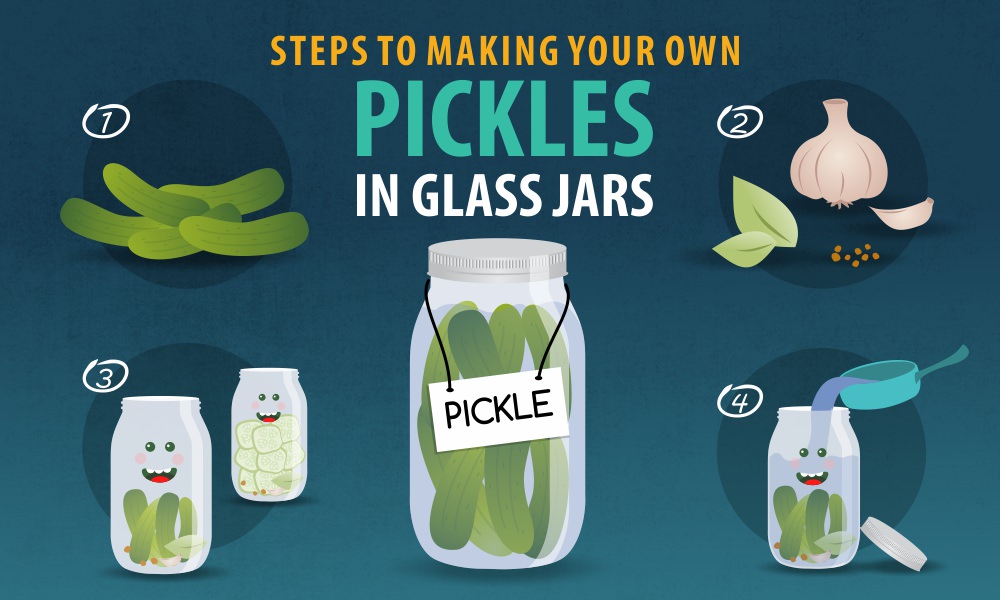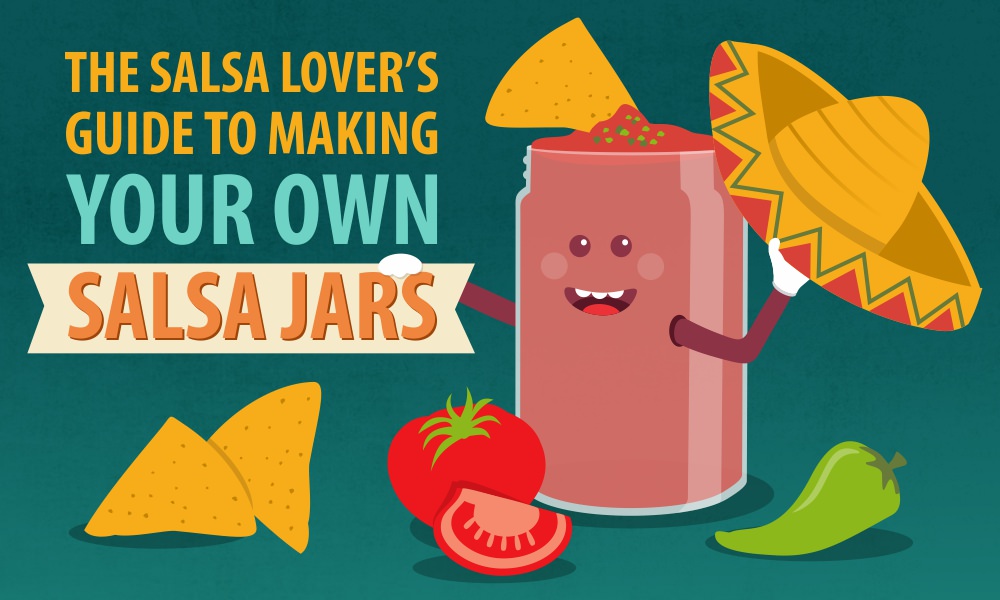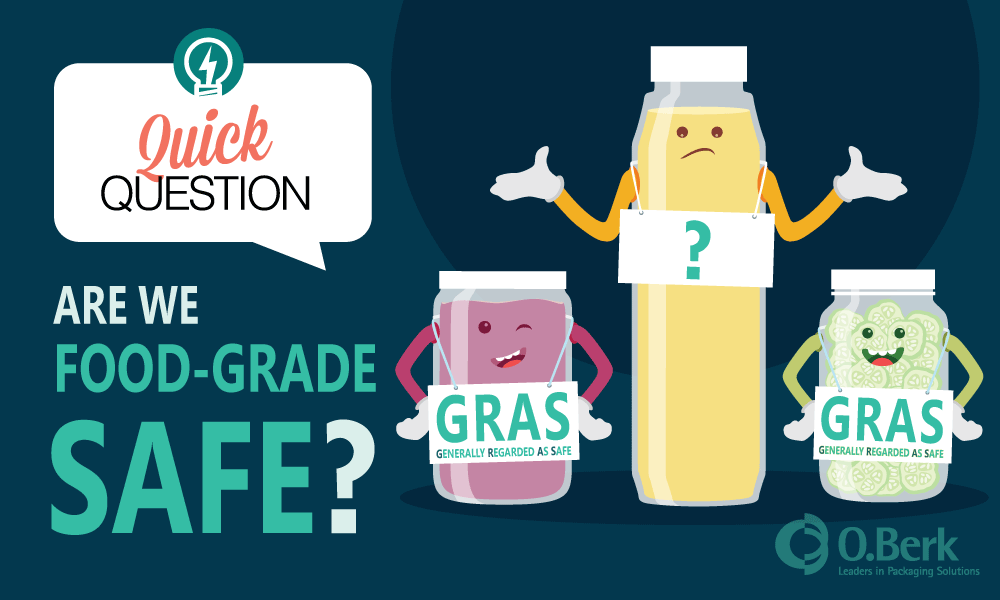The Definitive Guide to Pickling Jars
Pickling foods has long been a staple of homemaking. Even in today’s modern times, many families still pride themselves on their pickled creations, proudly storing their canning jars and gifting them to friends. Going back as far as 2030 BC, pickling has been a concept …

